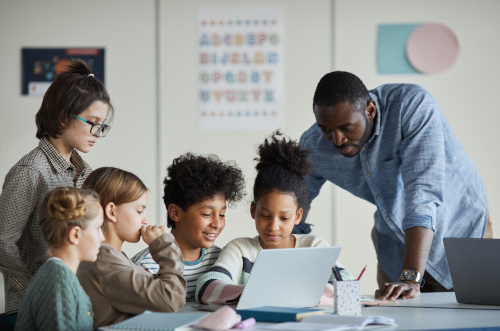
A new phrase as a result of the pandemic, “learning loss,” captures the concern that students’ learning has been compromised over the past year and a half. However, before the strategies for addressing the concern can be identified, it’s important to define and articulate what is meant by learning loss.
The observation is true that many students aren’t at the same place in their subject mastery as similar pre-pandemic students. For example, in North Carolina, where I serve as a Superintendent, a recent report revealed that just 45 percent of public school students could pass state standardized tests, down from 59 percent two years earlier. (Testing was waived for the 2019-2020 school year).
The question then for many is how do we help these students catch up? That question, however, assumes that the standard by which students were assessed two years earlier is the appropriate assessment tool for students today.
Here is the problem: Assessing student learning standards or instruction that they haven’t received is almost meaningless data.
One of the values of standardized testing is monitoring where students are in relationship with their peers — often referred to as “benchmarking.” For example, suppose a group of students within a school are testing 14 percent below their peers. In that case, staff would zero in and identify what areas needed to be addressed and would implement learning intervention strategies.
School leaders recognize that all students are unique learners who learn in different ways and at a differing pace. One of the great weaknesses of the traditional school model is that it was designed in an industrial age, and sadly today many schools still operate more like factories than individualized environments of learning, growth, and development.

